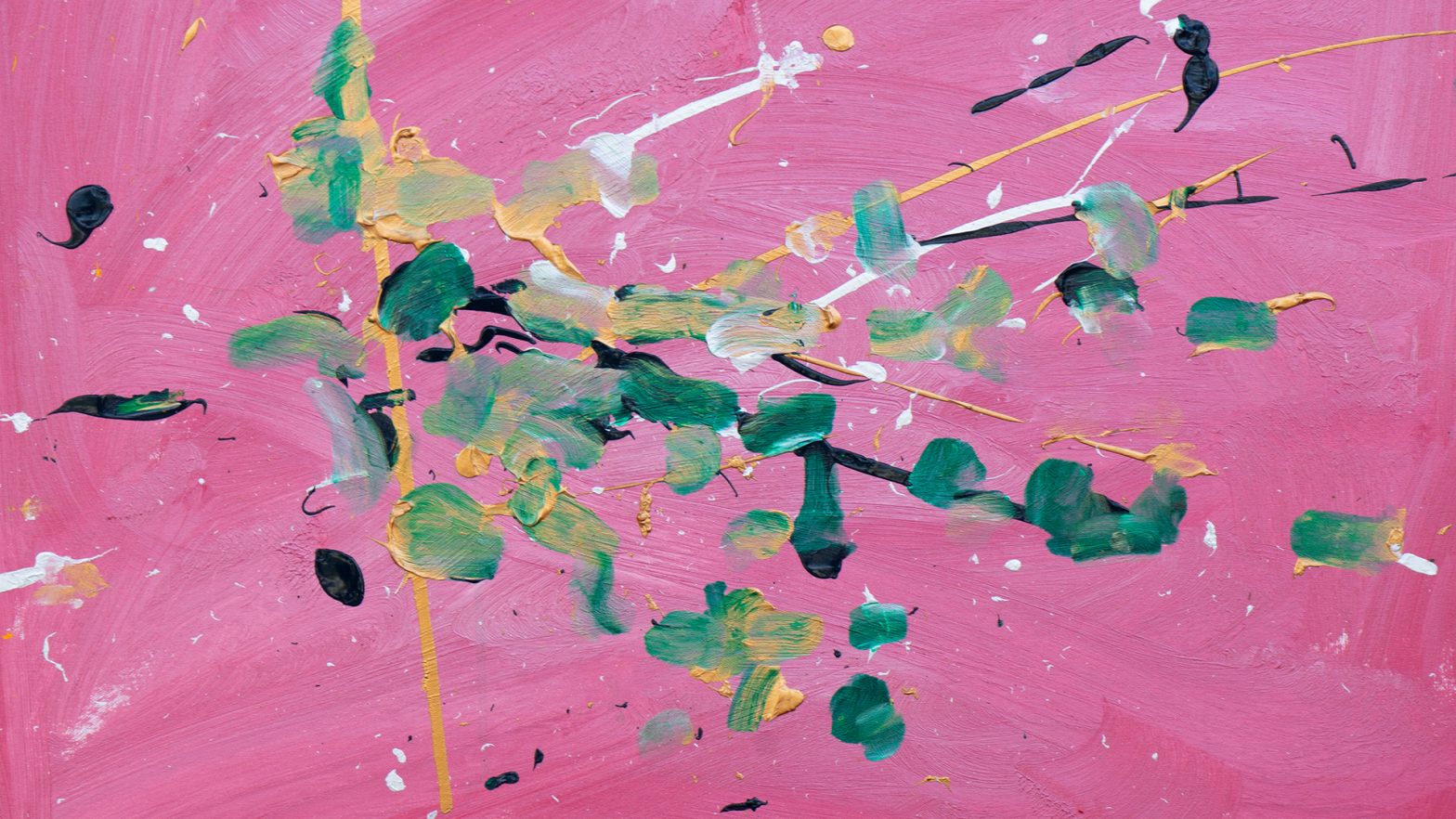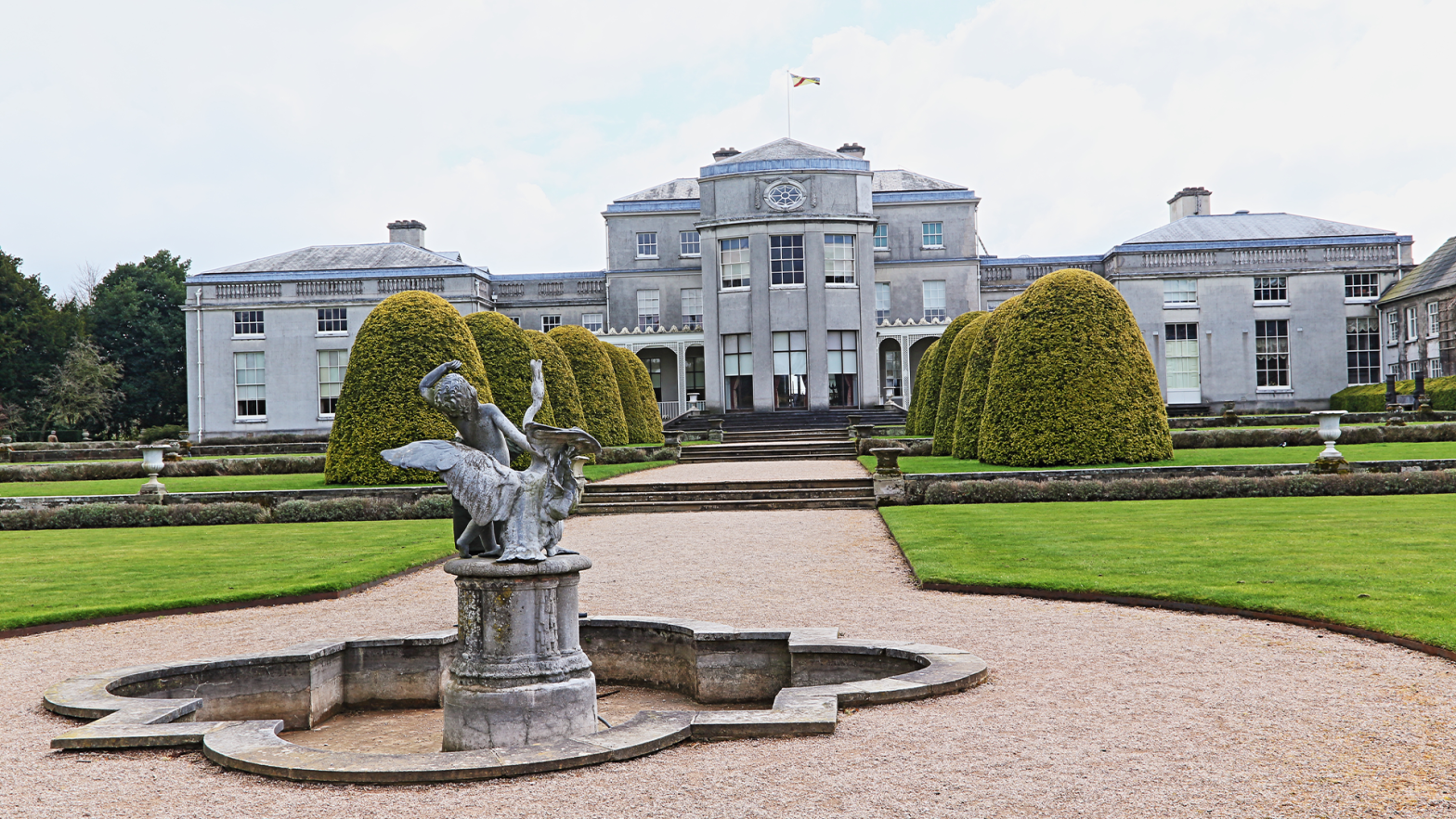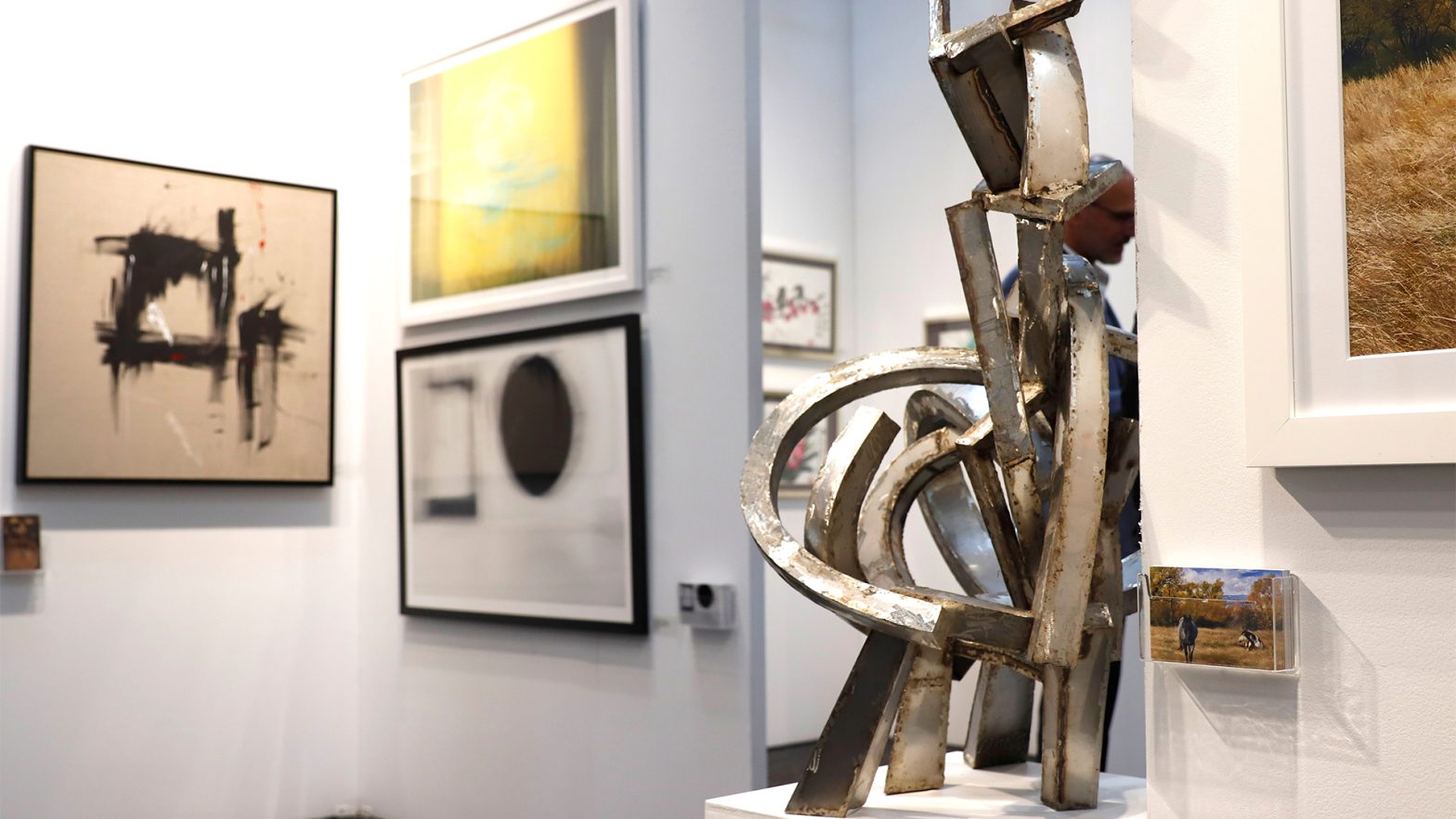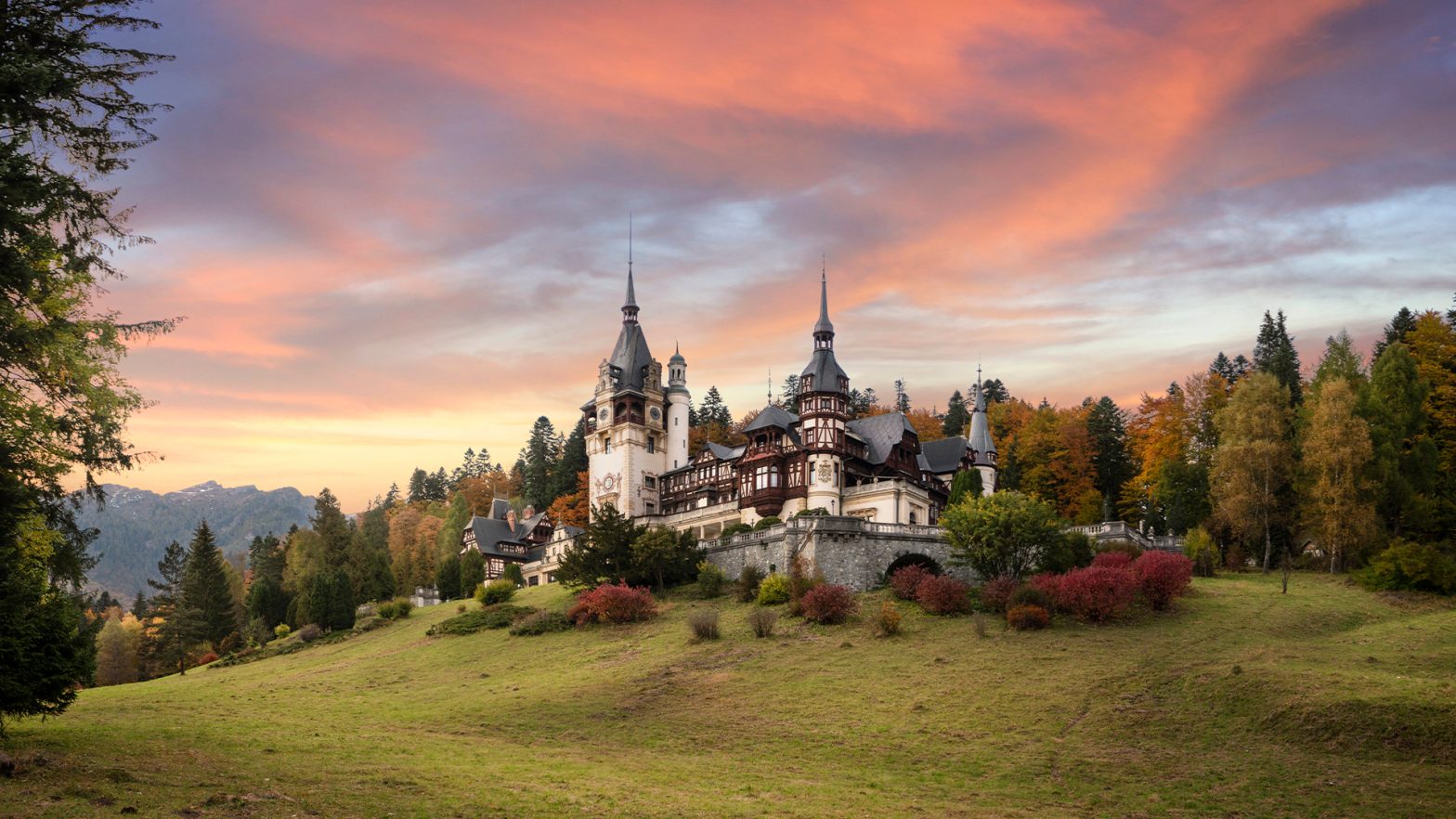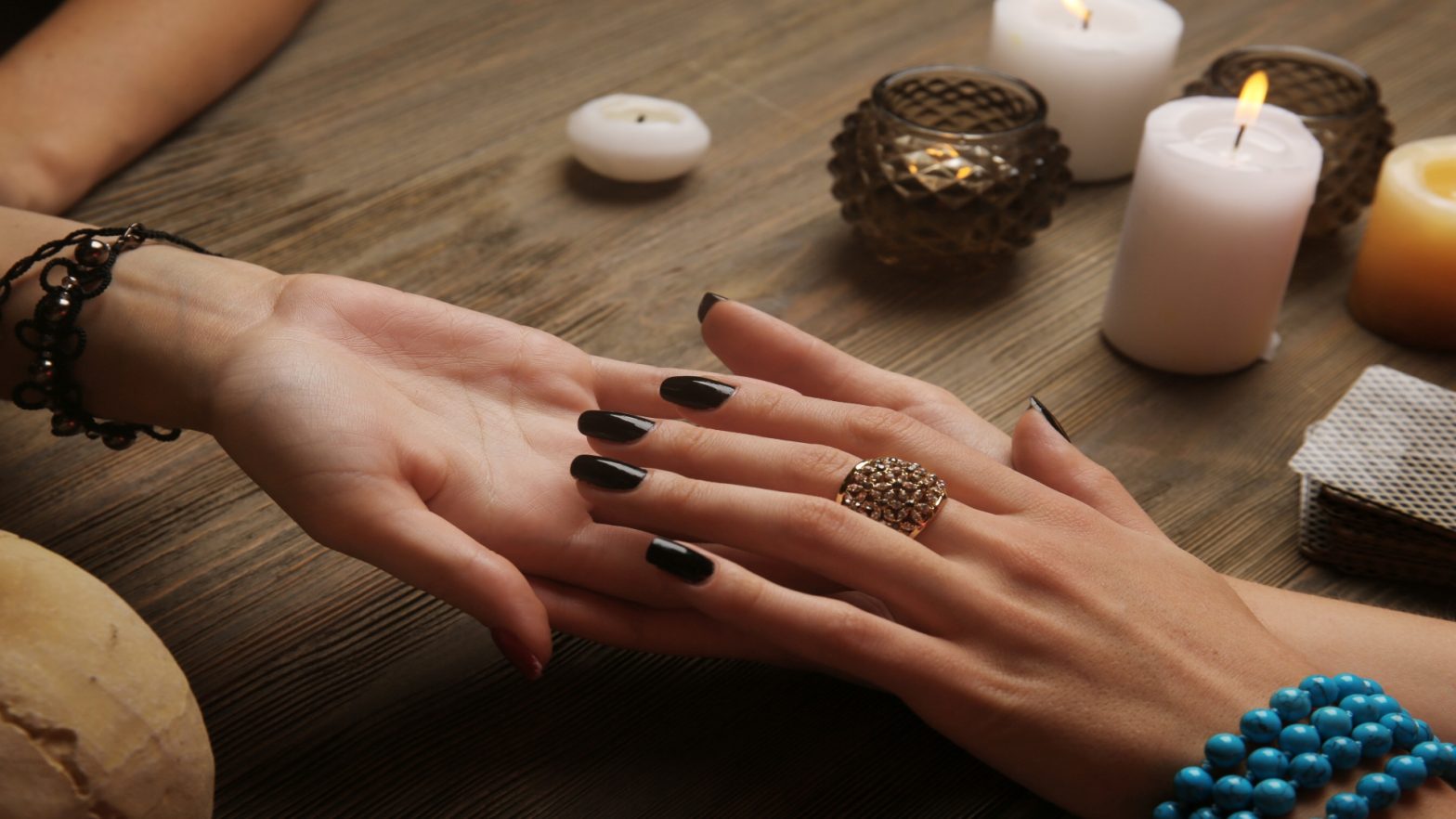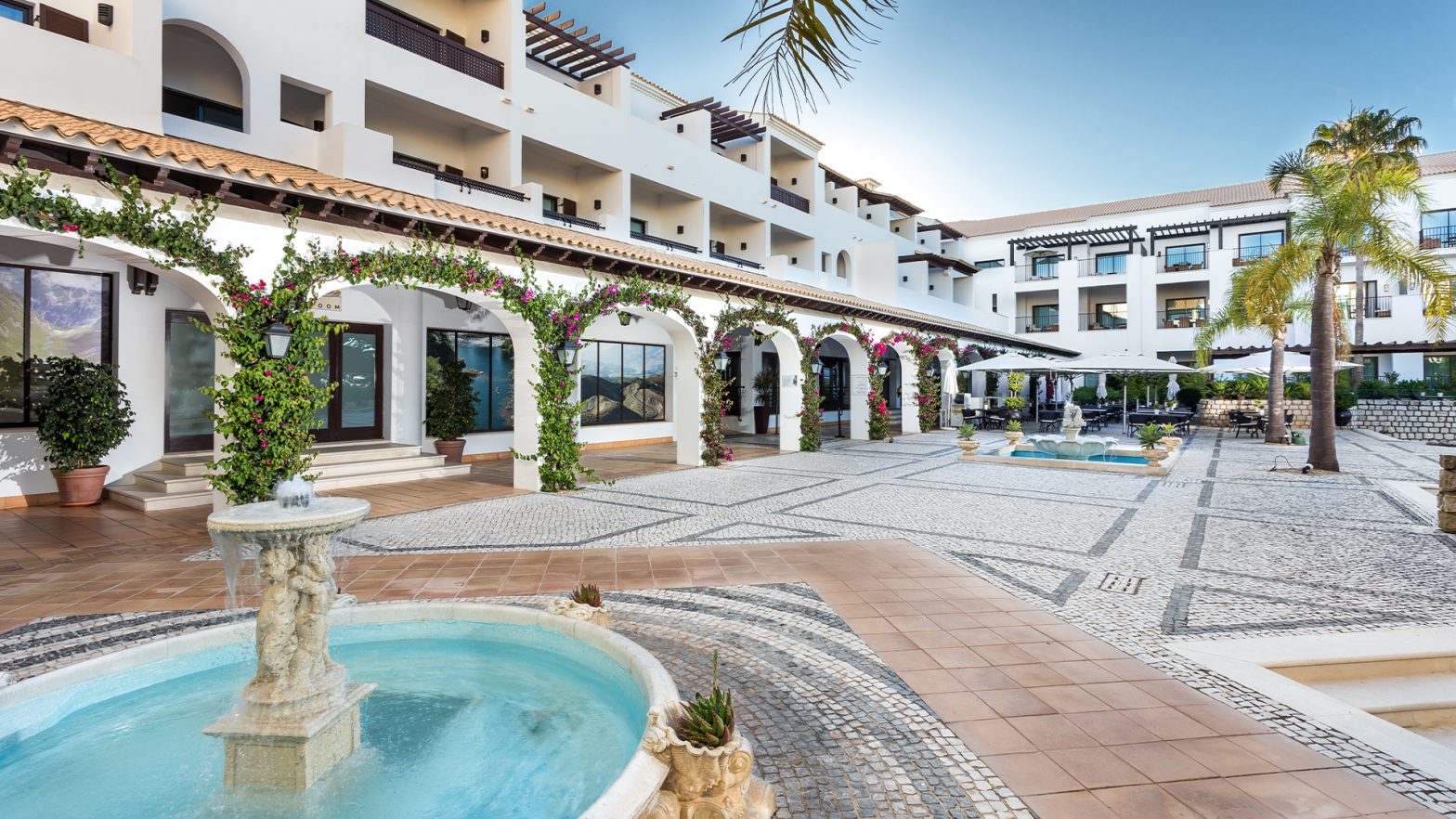
21st OCTOBER – 4th DECEMBER
UNESCO World Heritage Site Sculpture Trail, Pisa
Santa Maria della Spina Exhibition, Pisa
On October 21st UNESCO World Heritage launched their first contemporary sculpture trail in the world famous city of Pisa.
15 monumental metal sculptures by Italy’s award winning contemporary sculptor, Gianfranco Meggiato, will be placed throughout the ancient UNESCO World Heritage site of Pisa, with two of the largest sculptures being placed directly in front of the famous Leaning Tower of Pisa. The winding sculpture trail will take visitors along the Arno River and through the centre of the ancient city of Pisa before ending in front of the Leaning Tower of Pisa.
Alongside the sculpture trail, a free exhibition of 11 smaller sculptures by the artist will take place inside the stunning Mediaeval Church of Santa Maria della Spina close by to the Leaning Tower of Pisa from the 21st October – 4th November.
The UNESCO World Heritage site in Pisa attracts millions of tourists from around the world each year, including thousands of British tourists keen to experience the beauty of Romanesque architecture of Pisa and the tower’s iconic lean. The much-loved unique structure has led to satirical photos of tourists standing in front of the building exaggerating its lean. However, Meggiato’s exhibition transforms the meaning of the tower, creating a new narrative and meaning for the historical building. Meggiato has said that the tower is “an ideal metaphor of the human condition, as it demonstrates a ceaseless tendency towards transience and failure and at the same time the perseverance to resist failure, to stay upright, and to not collapse.”
Dubbed the “Henry Moore of Italy” Gianfranco Meggiato is a Venetian born award winning international sculptor who uses abstract art and monumental sculptural installations to explore global social issues. While Moore’s work was closely related to natural forms, Meggiato has sought to explore physics, but like Moore, Meggiato has found ways to use negative space and volume within his practice and sees that a negative space within in a sculpture can connect the viewer to the sculpture in a different ways.
In 2011 and 2013 he represented Italy at the Venice Biennale as part of the national pavilion’s exhibition programme and in 2017 he was awarded the International ICOMOS-UNESCO Prize “for having masterfully combined the ancient and the contemporary in sculptural installations of great evocative power and aesthetic value“.
Much like the British artist Rachel Whiteread, Meggiato’s work explores negative spaces, but in addition he explores synchronicity, quantum physics and aims to capture the fluidity of movement in sculptural form. Unlike most sculptors Meggiato does not start with sketches, but instead works by eye and touch alone, focusing on the negative spaces he sees as the metal begins to form in his hands. Meggiato describes his work as “introsculpture” a sculptural concept in which the observer’s gaze is drawn towards the interior of the work and not limited to the external surfaces of the sculpture. Other sculptures in this vein include Barbara Hepworth’s ‘Hollow form from White’ 1965 and Ai Weiwei’s cage like ARCH sculpture installed in Stockholm in July this year.
Previous large scale works have included NOVANTADUE – 1992 an outdoor installation in the Tuscan city of Prato – long connected with the deadly Italian Mafia group The Camorra – which explored the 1992 Italian Mafia massacres; and The Garden of ZDZ an outdoor installation for the Matera European Capital of Culture in 2018 that used multicolored sand bags printed with words of peace with the hand welcoming all creeds and culture to unite together in peace, during the 2018 European refugee crisis.
When asked about working with UNESCO World Heritage site of Pisa, Meggiato has said “The secret, in my opinion, is to approach these places with respect, seeking to contextualize as much as possible the inclusion of one’s own works with a view to demonstrating that symbiosis between contemporary sculpture and archaeological and monumental sites.” He hopes both the sculpture trail in Pisa as well as the Church exhibition will “encourage us to reflect, to look inside ourselves” as many of his works representing of the fragility of human nature, and the spaces in between including our inconsistencies, our doubts, our limits and our pains.










